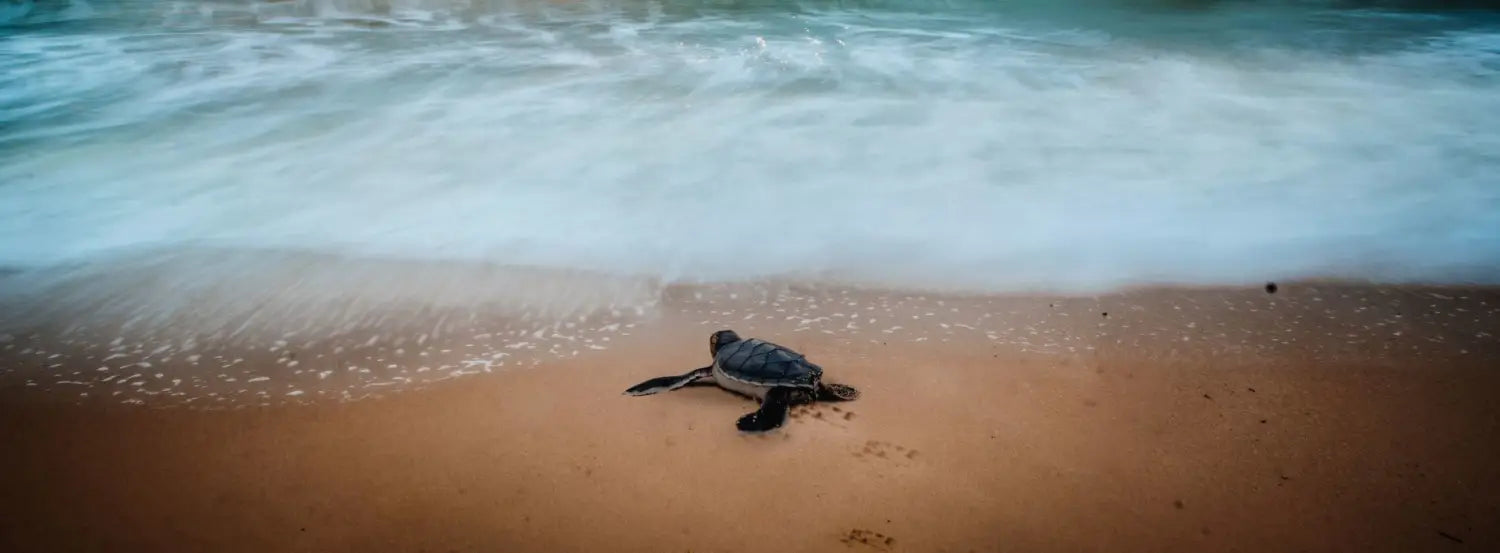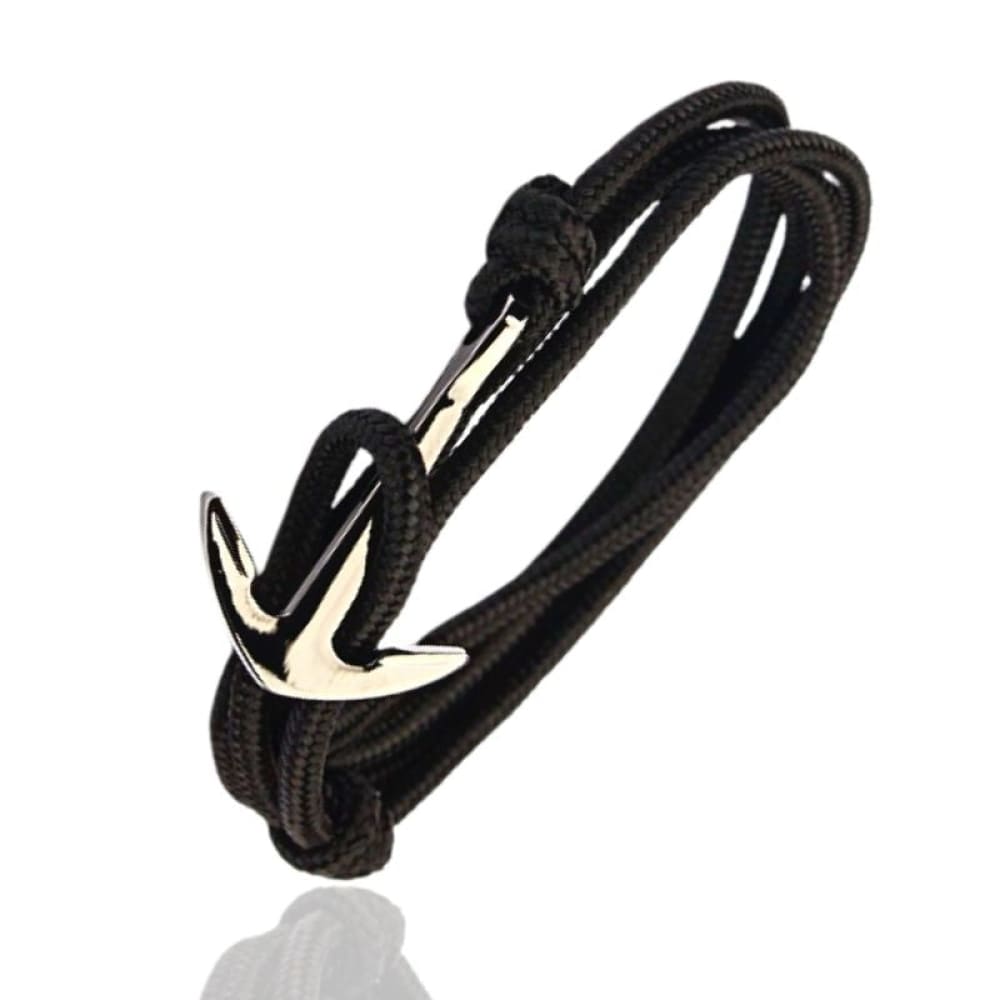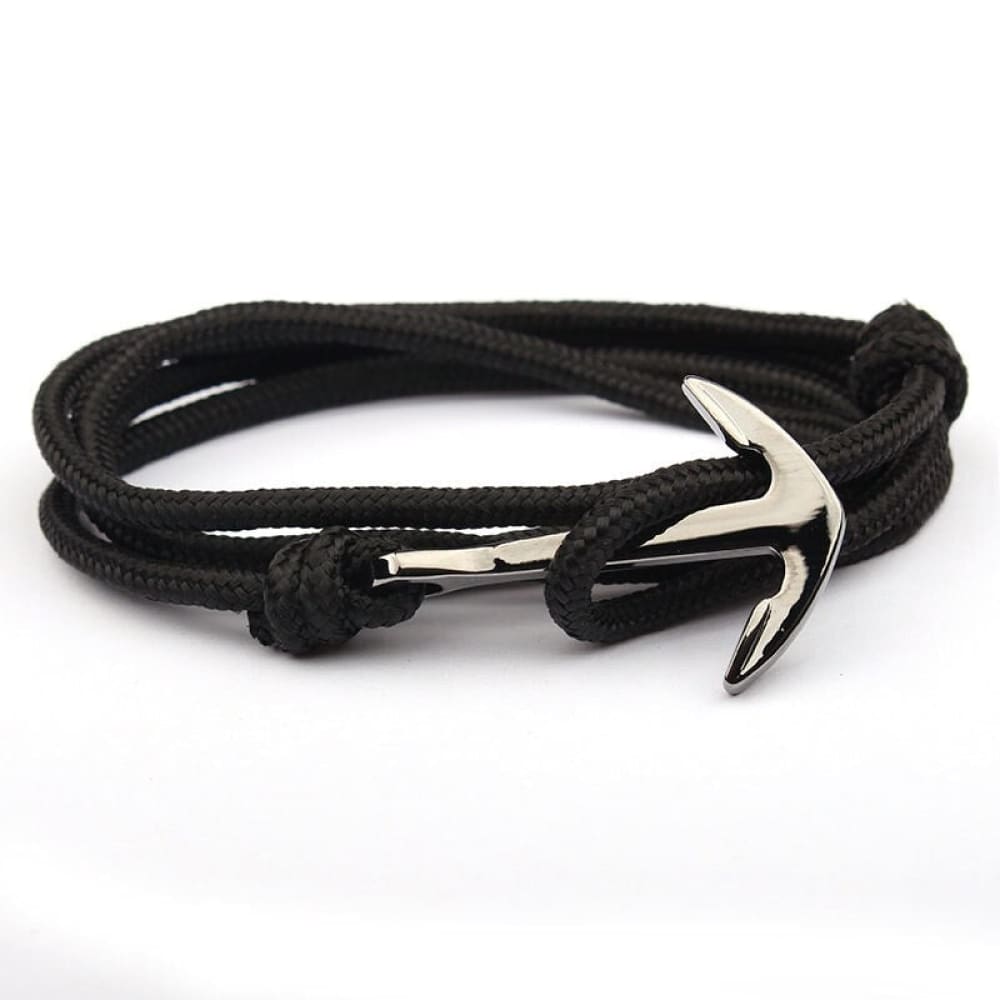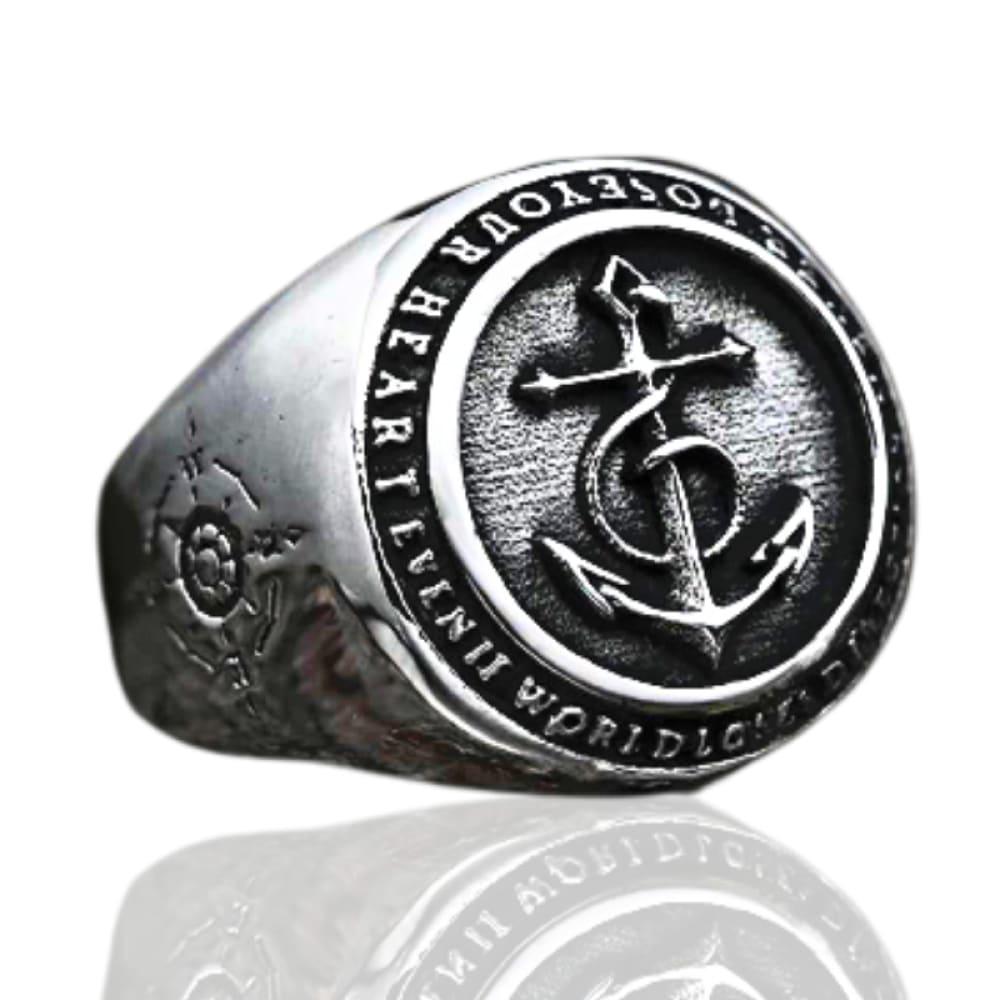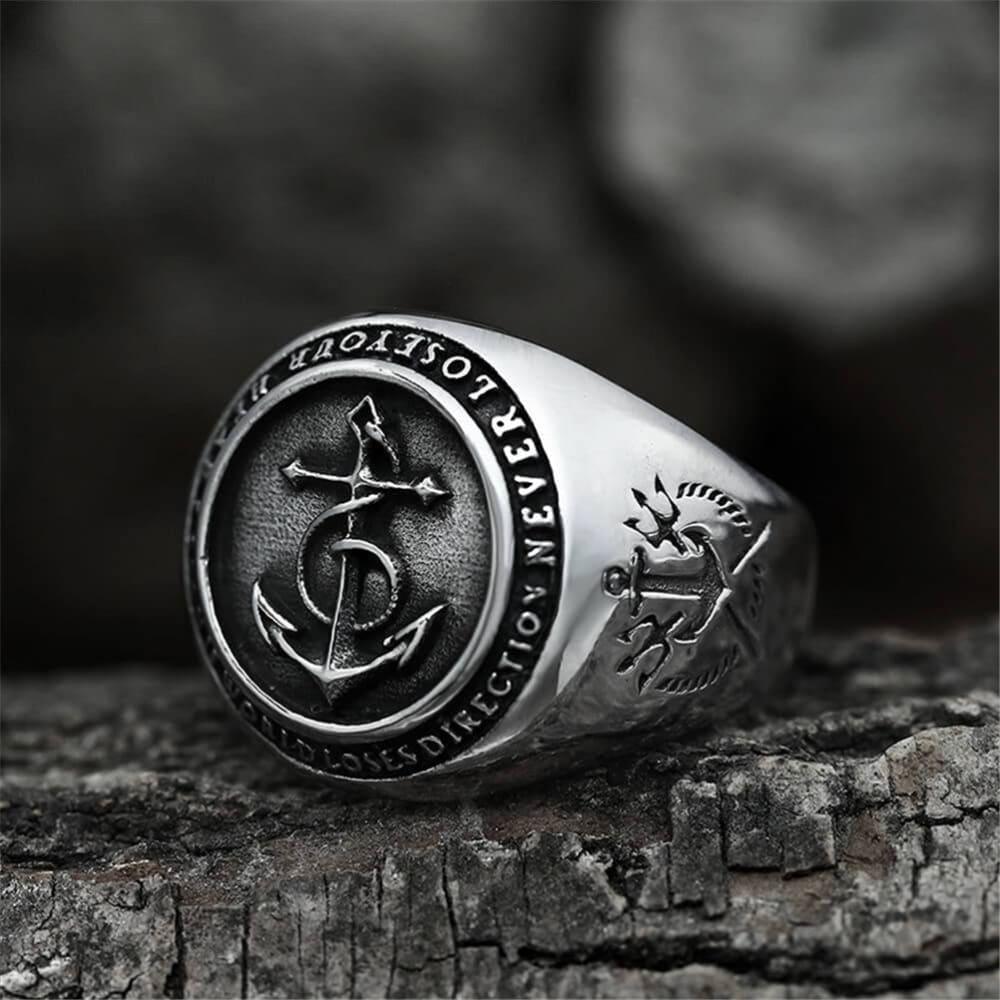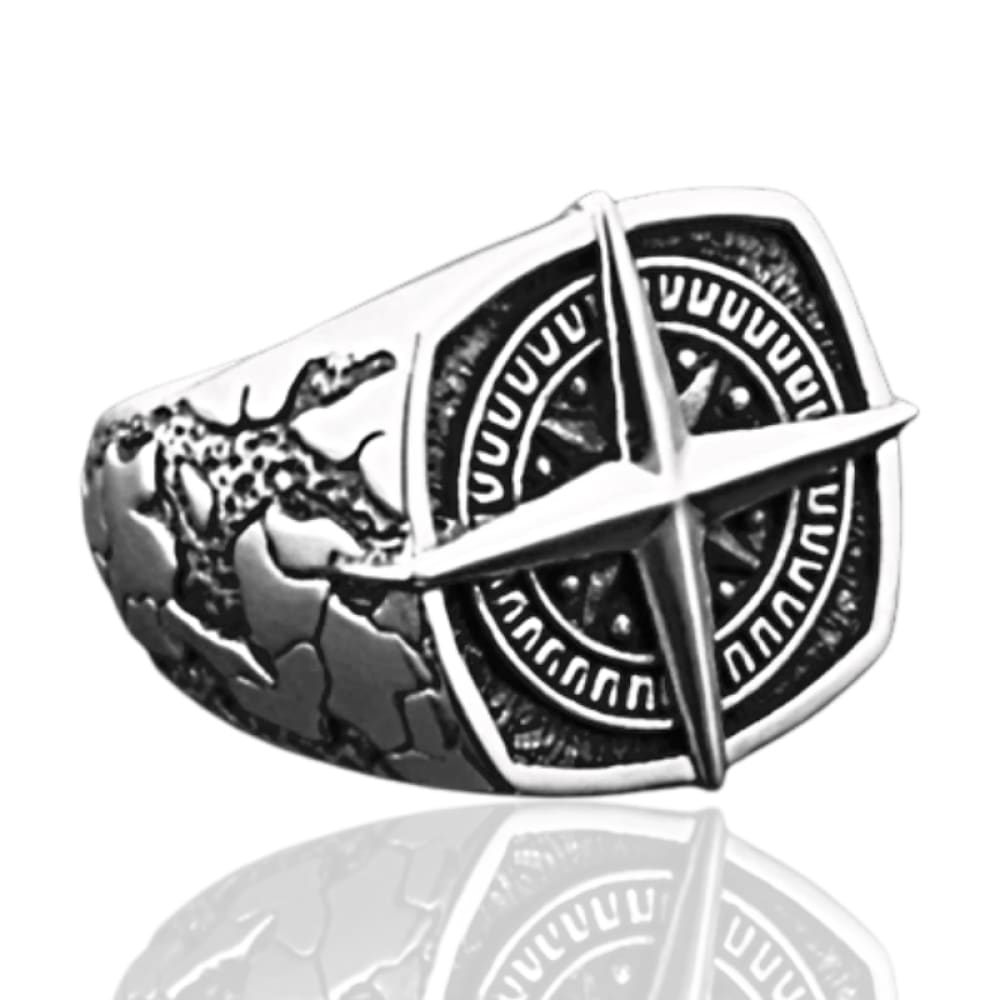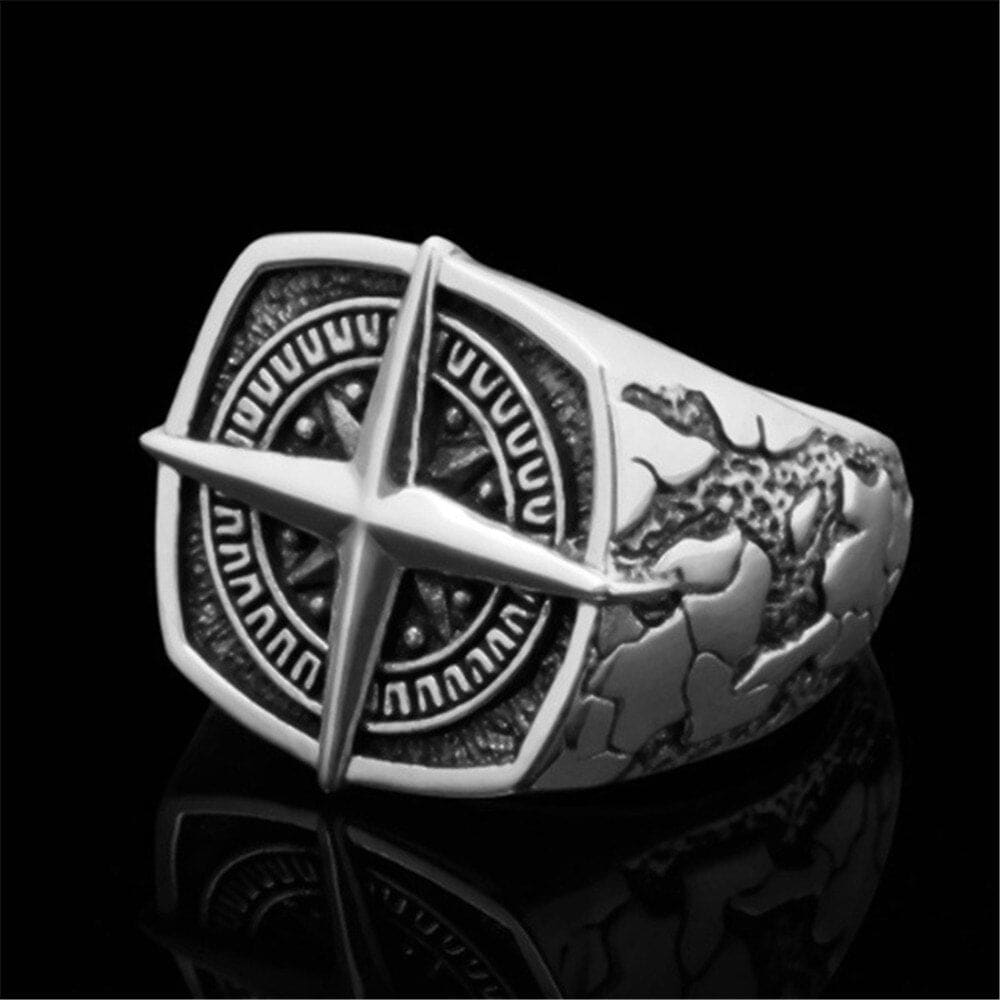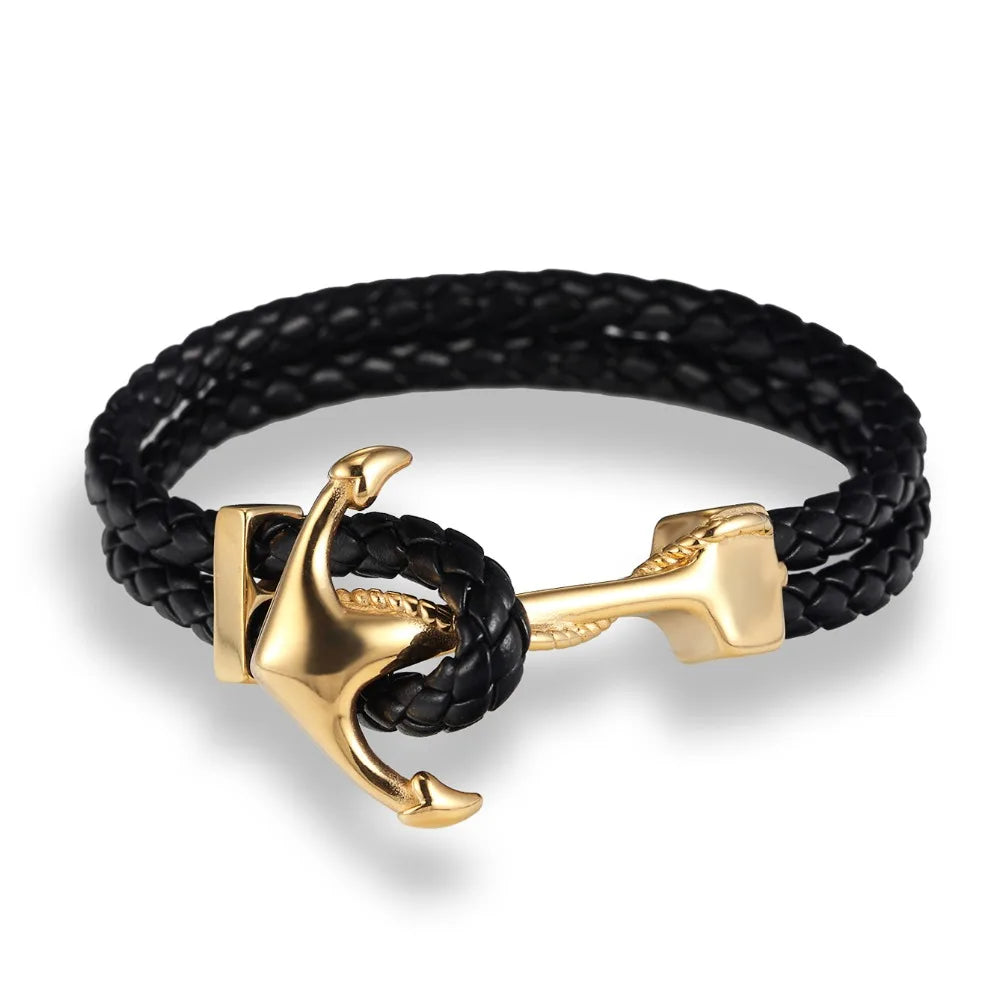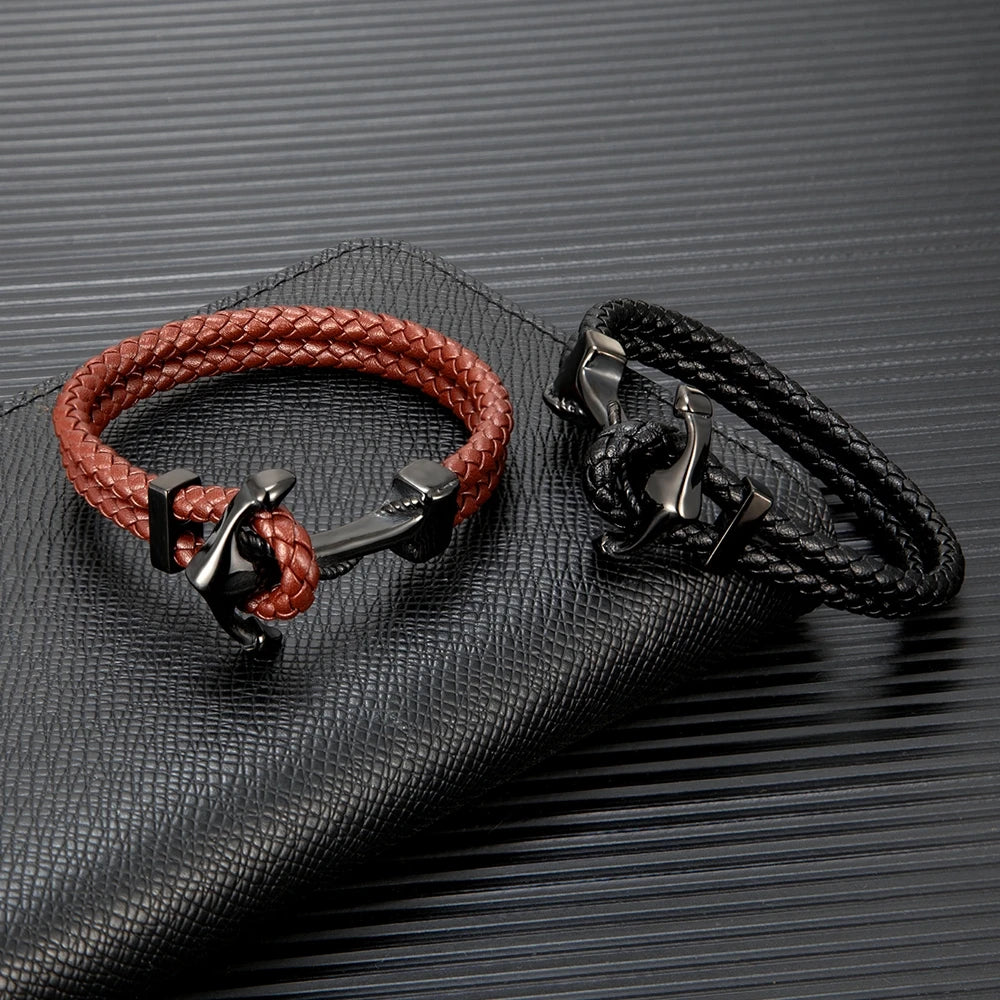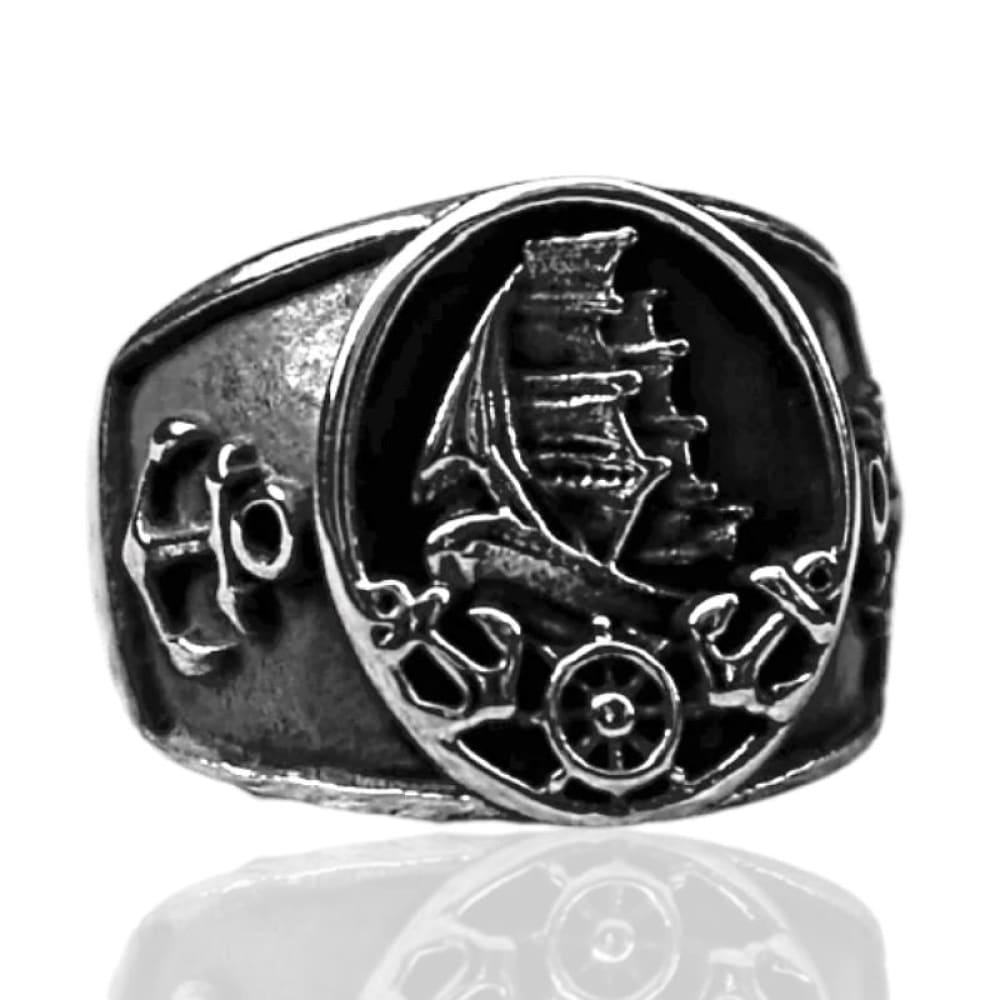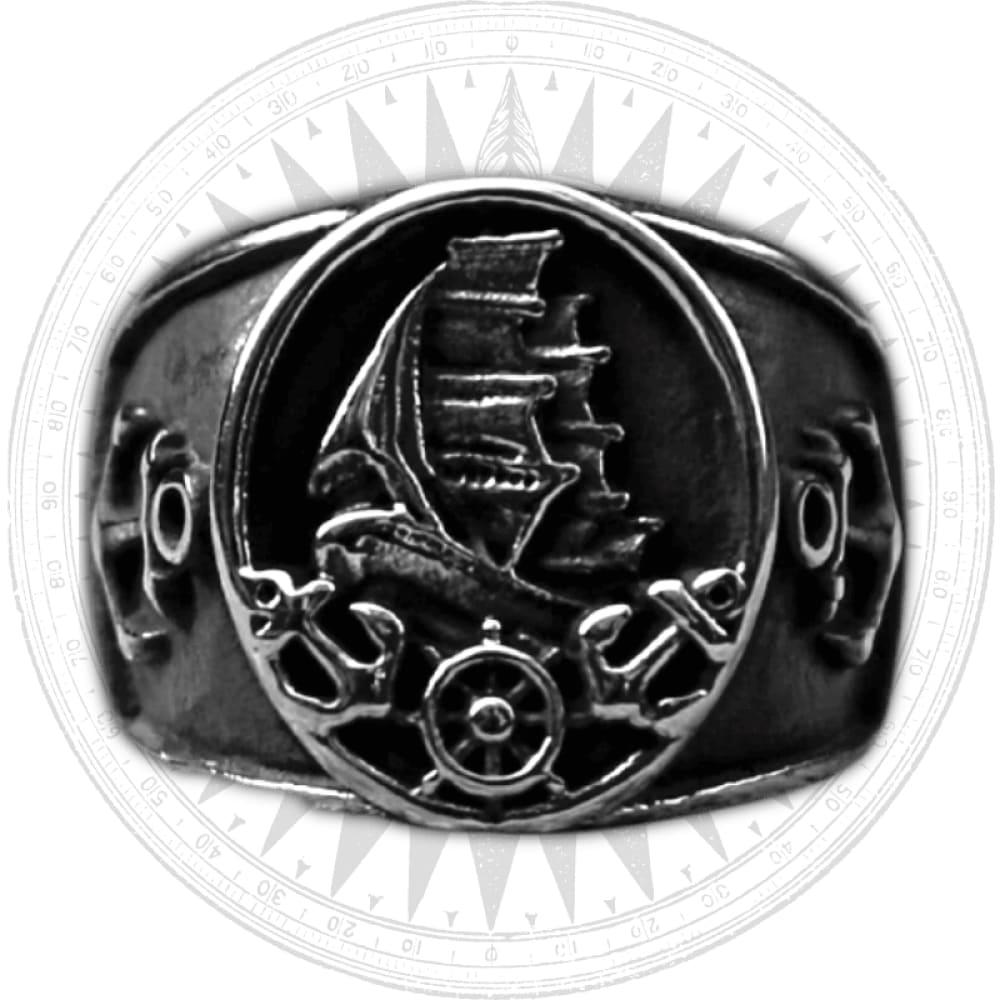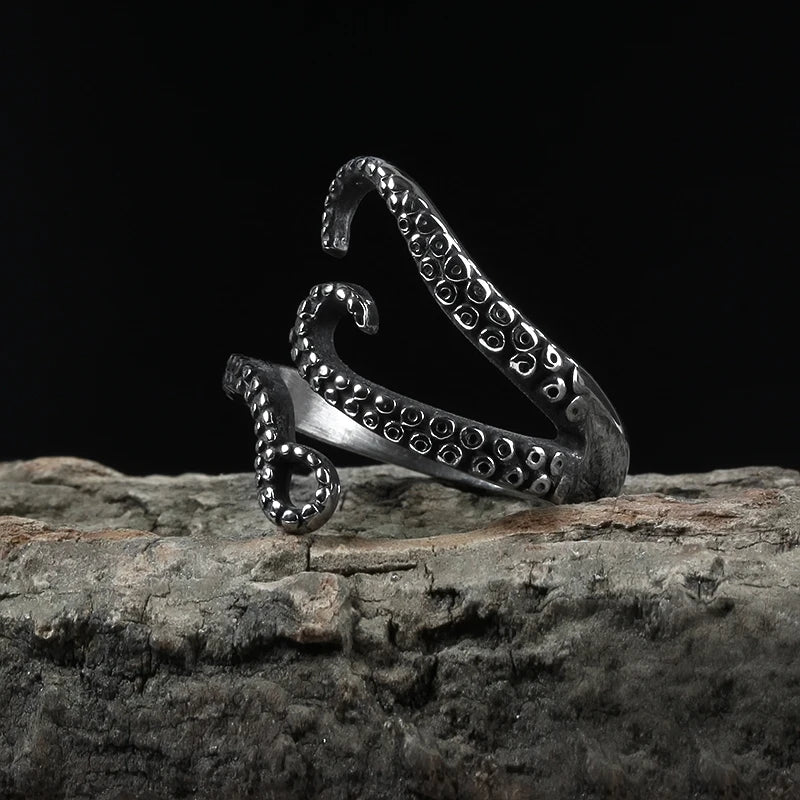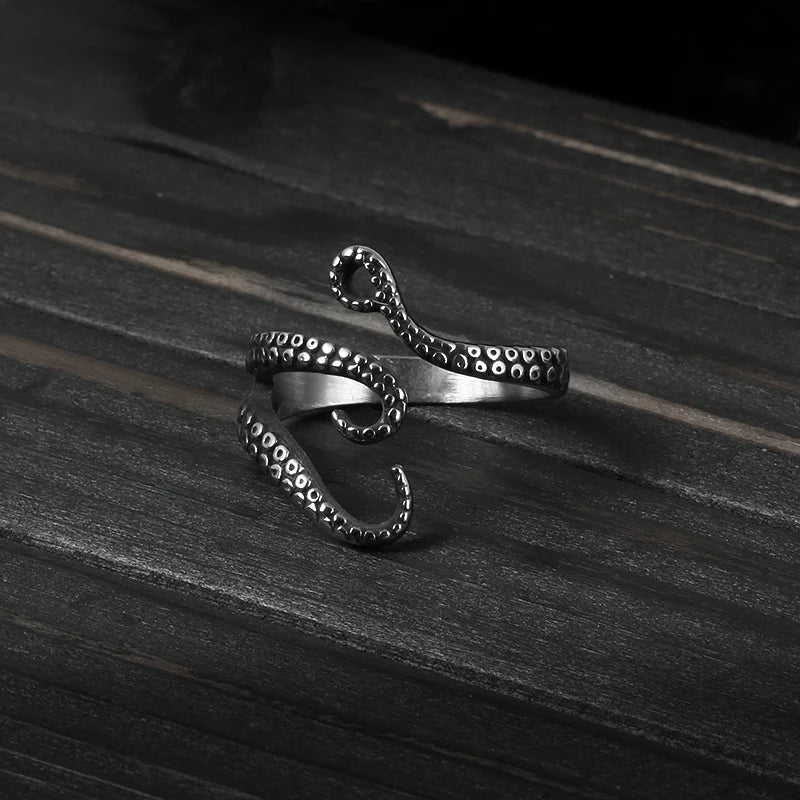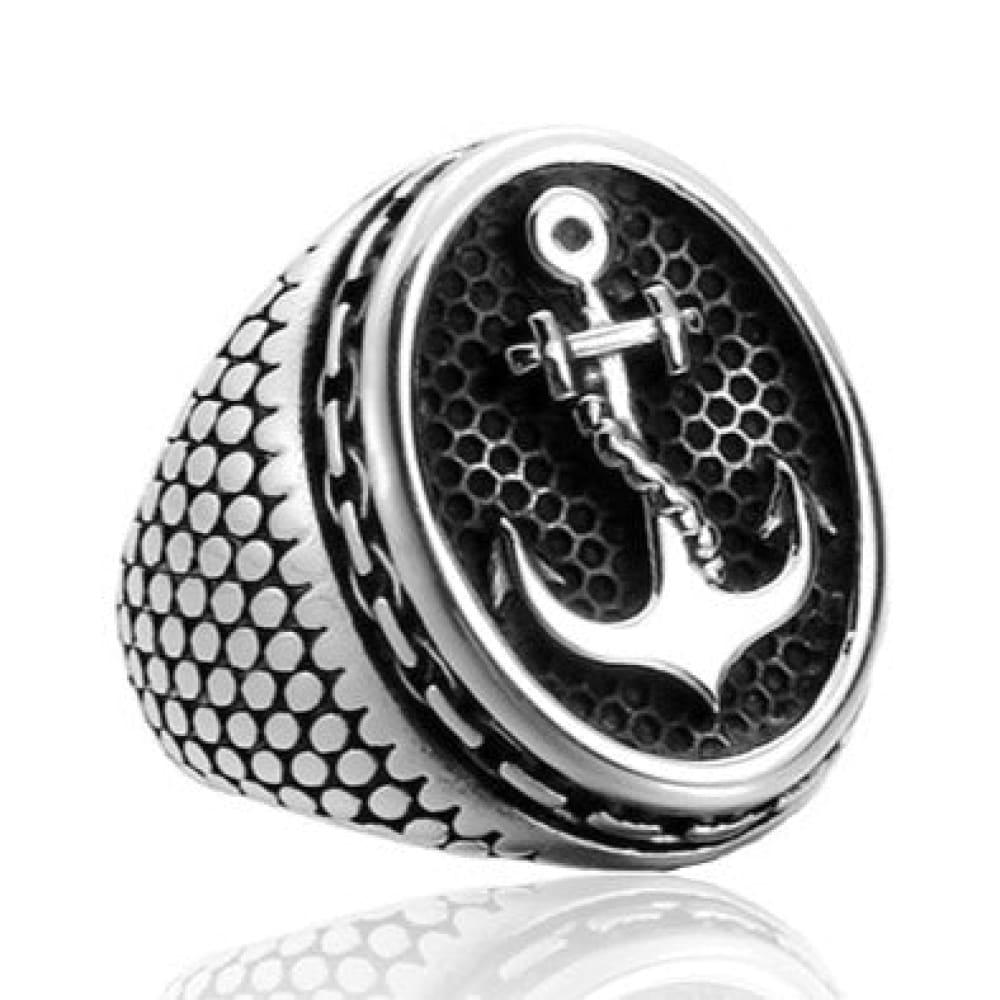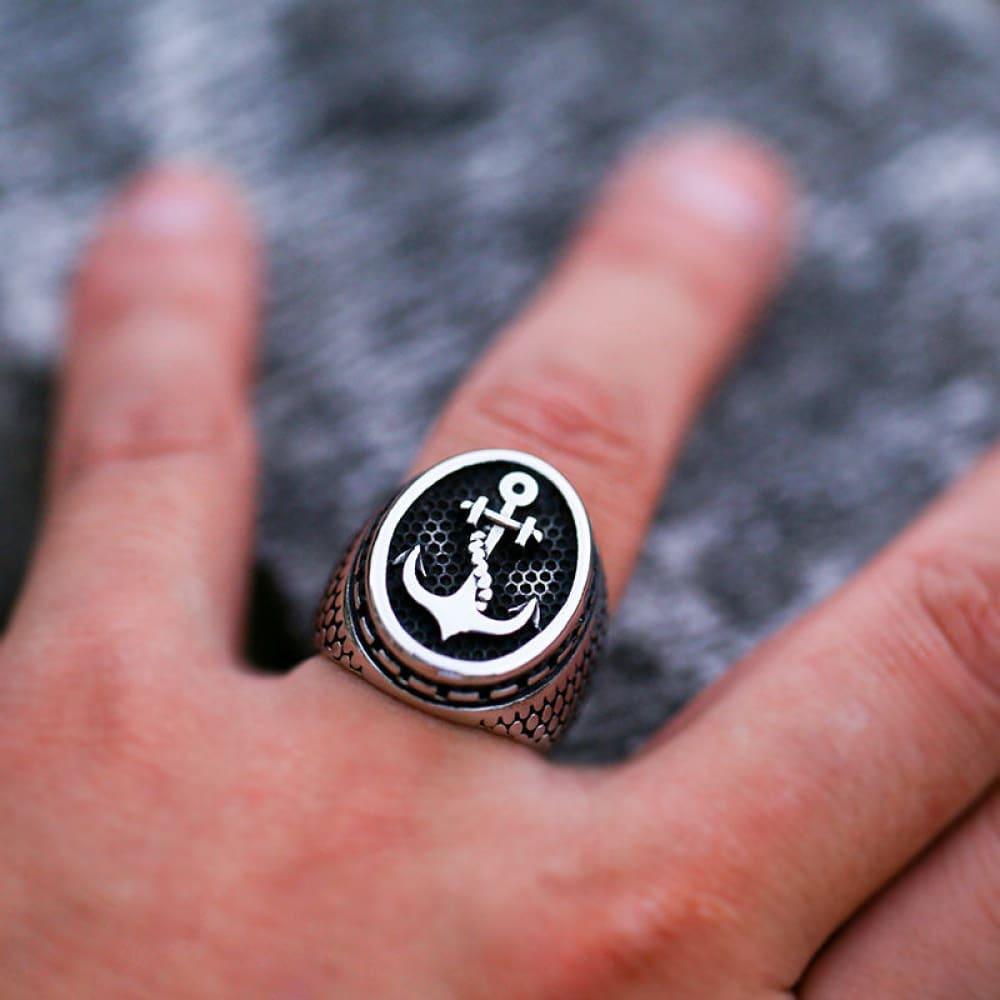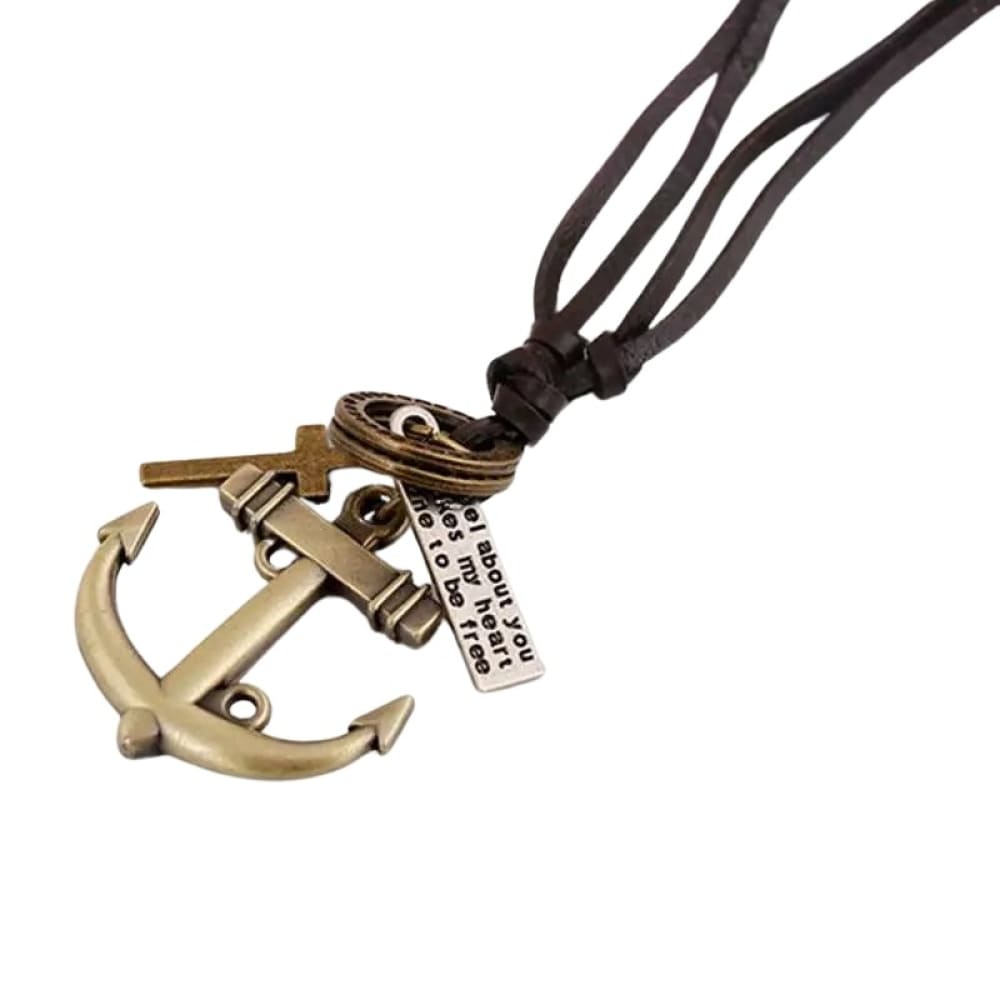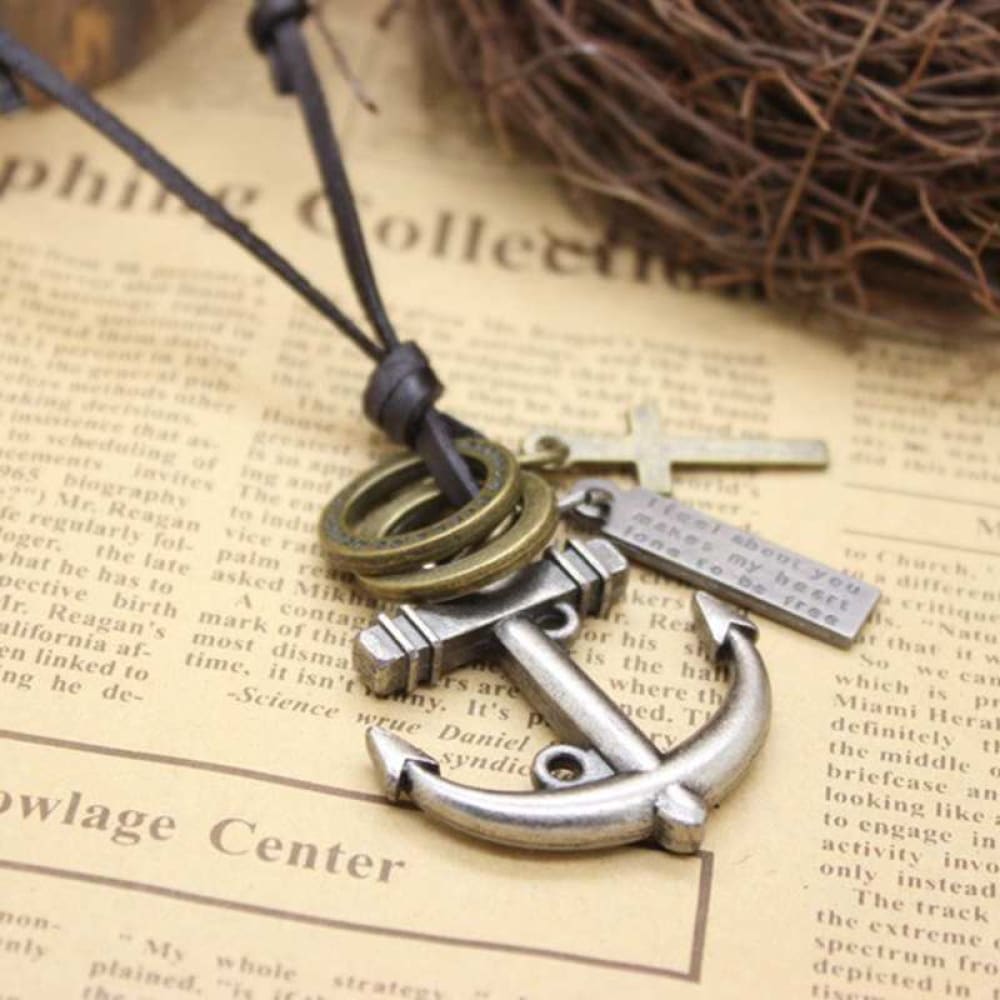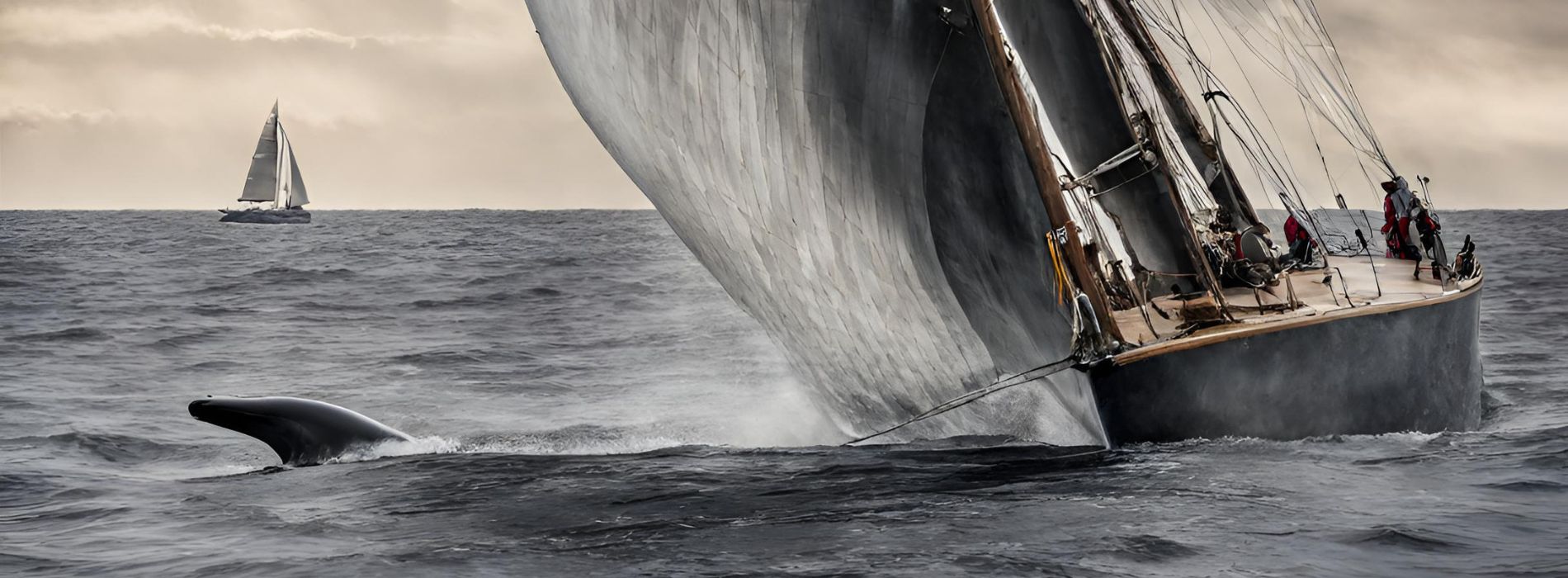The leatherback sea turtle, also known as the lute turtle, stands as the largest of all living turtles and a remarkable relic of marine biodiversity. This magnificent creature's life journey is an epic tale of survival, migration, and adaptation that spans millions of years and countless oceans.
Understanding the Leatherback Sea Turtle
The leatherback sea turtle (Dermochelys coriacea), often referred to as the lute turtle or simply the luth, is a unique member of the turtle family, Cheloniidae. It holds the record for being the largest living turtle and the heaviest non-crocodilian reptile, reaching lengths of up to 1.8 meters (5 ft 11 in) and weights of 500 kilograms (1,100 lb.).
The leatherback sea turtle stands apart from other modern marine turtles due to its lack of a bony shell. Instead, it features a carapace covered by oily flesh and flexible, leather-like skin that lends it the name 'leatherback'.

The Evolution of the Leatherback Sea Turtle
The leatherback sea turtle is the only living species in the genus Dermochelys and family Dermochelyidae. Its genus, Dermochelys, contains the sole extant member of the family Dermochelyidae. This species was first named in 1761 as Testudo coriacea by Domenico Agostino Vandelli. In 1816, French zoologist Henri Blainville introduced the term Dermochelys. The leatherback was then reclassified as Dermochelys coriacea.
Anatomy and Physiology of the Leatherback Sea Turtle

The leatherback turtle is perfectly adapted for its marine lifestyle. Its body is hydrodynamic, resembling a large, teardrop shape. A pair of robust front flippers propels the turtles through the water, with claws absent from both pairs of flippers. The leatherback's flippers are the largest in proportion to its body among extant sea turtles.
The turtle's most distinctive feature is its lack of a bony carapace. Instead, it has thick, leathery skin with tiny osteoderms embedded in it. Seven distinct ridges rise from the carapace, crossing from the cranial to caudal margin of the turtle's back. Leatherbacks are unique among reptiles in that their scales lack β-keratin.
The Leatherback Sea Turtle's Distribution

The leatherback turtle is a cosmopolitan species with a global range. Of all the extant sea turtle species, D. coriacea has the widest distribution, reaching as far north as Alaska and Norway and as far south as Cape Agulhas in Africa and the southernmost tip of New Zealand.
Leatherback Sea Turtle's ecology and life history
Habitat
Leatherback sea turtles primarily inhabit the open ocean. Scientists have tracked one leatherback turtle that swam from Jen Womom beach in the coast of West Papua, Indonesia, to the coast of the United States in a 20,000 km (12,000 mi) foraging journey over 647 days. This constant swimming creates muscle-derived heat. Coupled with their countercurrent heat exchangers, insulating fat covering, and large size, leatherbacks are able to maintain high temperature differentials compared to the surrounding water.
Feeding Habits

The coriacea turtles subsist almost entirely on jellyfish. Due to their obligate feeding nature, leatherbacks help control jellyfish populations. Leatherbacks also feed on other soft-bodied organisms, such as tunicates (salps and pyrosomas) and cephalopods. They're also believed to feed on small crustaceans, fish, sea urchins, and snails.
Lifespan
The lifespan of the leatherback sea turtle is not fully known. Some reports claim "30 years or more," while others state "50 years or more." Upper estimates even exceed 100 years. Their life is almost as long as ours !
Their importance to Humans

Leatherback turtles have a mixed relationship with humans. People around the world still harvest sea turtle eggs. In Southeast Asia, egg harvesting in countries such as Thailand and Malaysia has led to a near-total collapse of local nesting populations. In contrast, leatherbacks are also a major jellyfish predator, which helps keep populations in check. This bears importance to humans, as jellyfish diets consist largely of larval fish, the adults of which are commercially fished by humans.
Cultural Significance
For the seri tribs
The leatherback sea turtle holds significant cultural value for various tribes worldwide. For instance, the Seri people from the Mexican state of Sonora regard the leatherback sea turtle as one of their five main creators. The Seri people have noticed the drastic decline in their wildlife over the years and created a conservation movement to help this.
Their common symbolism
The leatherback is in fact a sea turtle. For a spirutual point of you, the sea turtle symbolize longevity, patience, wisdom, and endurance. Longevity: they have incredibly long lifespans, so they can be an inspiration to you if you desire a higher longevity in life. For the Patience and Wisdom: Sea turtles have mild characters and slow movements that inspire patience as well as a sage wisdom. To match these characteristics, people often tend to wear jewelry that symbolizes their image. A very popular example would be the the irresistible sea turtle bracelet.
Conservation of the Leatherback Sea Turtle
Leatherback turtles face numerous human-related threats. Directly, a few are caught for their meat by subsistence fisheries. Nests are raided by humans in places such as Southeast Asia. Pollution, both chemical and physical, can also be fatal. Many turtles die from malabsorption and intestinal blockage following the ingestion of balloons and plastic bags, which resemble their jellyfish prey.
Global Initiatives for wildlife's Conservation
The coriacea is listed on CITES Appendix I, which makes the export/import of this species (including parts) illegal. It has been listed as an EDGE species by the Zoological Society of London. The marine species is listed in the IUCN Red List of Threatened Species as VU (Vulnerable).National and Local Initiatives for Conservation

In the United States, it was listed as an endangered species in 1970. The passing of the Endangered Species Act of 1973 ratified its status. In 2012, the National Oceanic and Atmospheric Administration designated 41,914 square miles of Pacific Ocean along California, Oregon, and Washington as "critical habitat".
In Canada, the Species at Risk Act made it illegal to exploit the species in Canadian waters. The Committee on the Status of Endangered Wildlife in Canada classified it as endangered.
Several Caribbean countries started conservation programs, focused on using ecotourism to highlight the leatherback's plight. Earthwatch Institute, a global nonprofit that teams volunteer with scientists to conduct important environmental wildlife research, launched a program called "Trinidad's Leatherback Sea Turtles". This program strives to help save the world's largest turtle from extinction in Matura Beach, Trinidad.
Our last words...
The leatherback sea turtle, our ocean's gentle giant, faces numerous challenges in its battle for survival. However, with ongoing global and local conservation efforts, there is hope for this marine creature. Our understanding and appreciation of its biology, ecology, and importance to our ecosystem will play a crucial role in ensuring its continued existence. After all, a world where the leatherback sea turtle thrives is a healthier, more balanced world for us all.
We hope you've enjoyed reading this blog and learned a lot about leatherback sea turtles ! If you are interested, feel free to join our private newsletter to receive more exclusive content and giveaways. Once registered , you will receive a 10% discount via email, we will send you our latest sea content and our most beautiful jewelry pieces of the week !
Feel free also to go check out our website, we provide you the best nautical jewelry pieces of the ocean world and the most valuable sea content around the globe !

